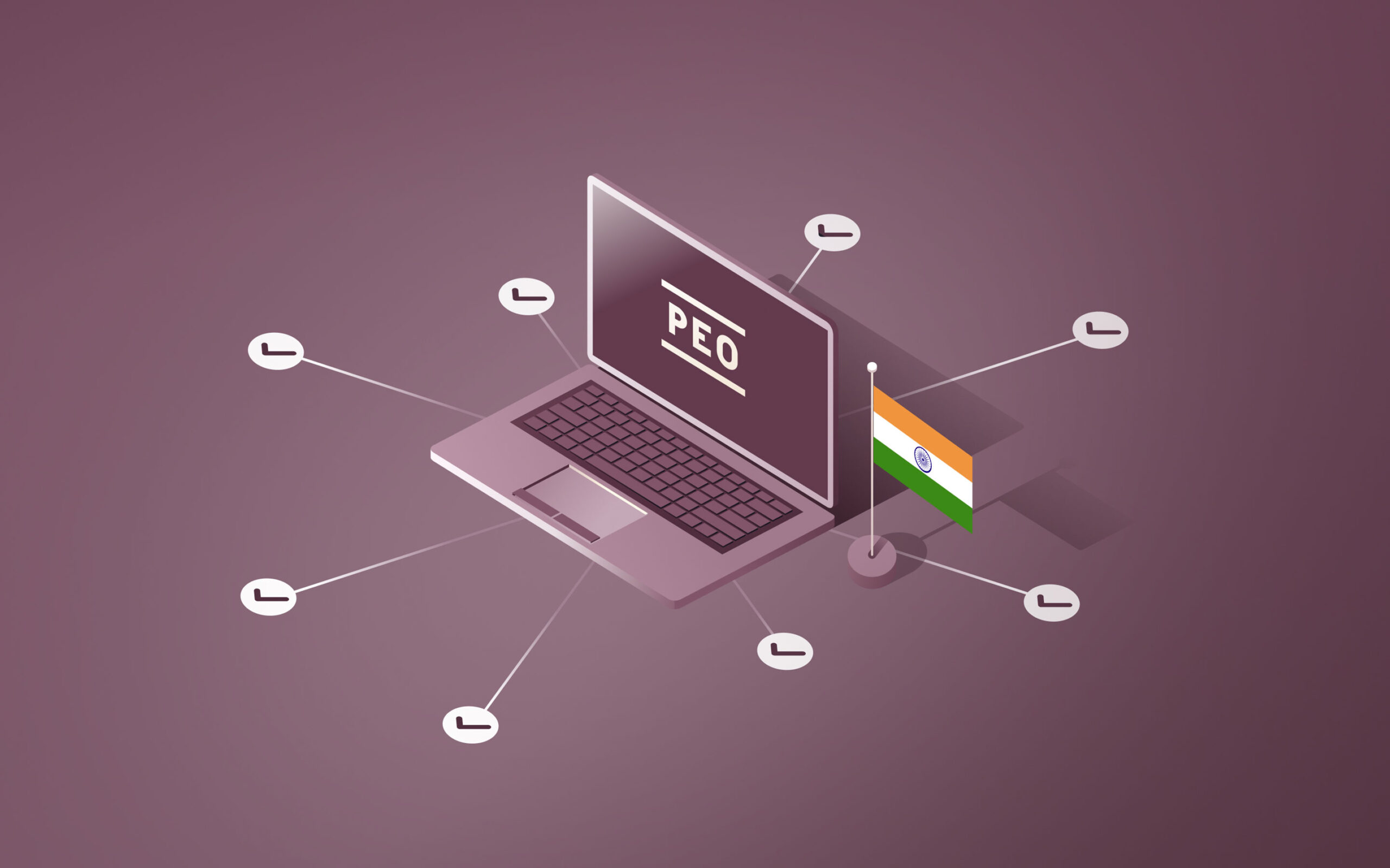New hire checklist: A step-by-step guide to onboarding employees in India [2025]
You’ve hired your first employee in India–congratulations! Now it’s time to start the onboarding process; and that means more than just filing paperwork. Standout employers go the extra mile to acclimate hires into a new work environment by introducing them to team members and opening a feedback loop.
An effective onboarding program can bolster employee retention and jumpstart a supported new hire into doing their best work. According to the Society of Human Resource Management, employees who are given a well-structured formal onboarding process are 58% more likely to stay with a company for more than three years.
So how do you set the stage for a fulfilling relationship with your new hire? Our employee onboarding checklist covers what you need to know—from paperwork and tax enrollment to mentorship, training, and a comprehensive plan to ensure they’re ready to hit the ground running.
Before their first day
- Ensure the employee can legally work in India. If your new hire isn’t an Indian citizen or permanent resident, they typically need an employment visa (known in India as an E visa). This is issued by the Bureau of Immigration’s Ministry of Home Affairs and is often contingent upon a job offer and employment contract with a company that has a business presence in India. Read our guide on work permits in India for more information.
- Complete a background check. Background checks are legal in India as long as you get informed consent from job applicants first. Employers are also responsible for protecting the new hire’s personal information and maintaining their confidentiality. You should only request information that is relevant to the new hire’s job, including recent criminal records, education verification, and employment history. Read our full guide to employment background checks in India to learn more.
- Send an offer letter. An offer letter, referred to in India as an employment contract, is a legal agreement between a new hire and their employer. Make sure it includes the right information to be compliant with Indian labor laws: the new hire’s position and contact info, their working hours, compensation and minimum entitlements, your termination policy (including details on probation periods), and any other stipulations relevant to your company. Read our full guide on creating offer letters for employees in India.
- File other necessary paperwork. Beyond the employment contract, common forms your HR team needs include tax documents, non-disclosure agreements, and information on India’s Occupational Safety, Health, and Working Conditions Code. Depending on your onboarding software, setting up these documents might involve multiple email chains with stakeholders and signatories across the organization. You should also collect an emergency contact.
- Prepare for tax withholdings. Taxes on expenses like salary payments, commissions, rent, interest, and some professional fees are immediately deducted, in a process known as Tax Deducted at Source (TDS), which employers have to pay to the Income Tax Department. Make sure your new hire is properly enrolled and that you have their Permanent Account Number (PAN).
- Enroll them in benefits. All full-time employees are entitled to retirement payments and healthcare in addition to leave for sickness, maternity, and disability. Employers make mandatory contributions to the Employee Pension Scheme, Employee Provident Fund, and Employee State Insurance. Learn more in our guide to employee benefits in India.
- Add them to payroll. You have to pay India-based employees in Indian rupees (INR). Make sure you have their mailing address, their date of birth and date of hire, bank account information for direct deposits, and an account number for the Employee Provident Fund. Check out our full guide to running payroll for employees in India.
- Order and configure computers, phones, and other devices. Whether your new employee will be working on-site or remotely, they need the right tools for their job. Before their first day, order and configure any devices they need so your new hire can hit the ground running.
- Set up their app accounts. Before an employee’s first day, help them out by setting up their app accounts, so everything is ready for a smooth (and fast) sign-in on day one. You don’t want them to miss an important Slack right off the bat.
- Prepare any resources they'll need. These can include:
- An agenda for their new hire orientation
- A written description of company policies
- Literature about company culture, its values, and mission
- A directory with every staff member’s contact information
- A handbook with their job description and training materials for day-to-day responsibilities
- Schedule their orientation (and a get-to-know-you event with the team!). To avoid potential scheduling conflicts, coordinate any meetings the new hire will have with team members, supervisors, and department heads ahead of time. Provide names and job titles of everyone the new hire will interact with, so they know how to greet them appropriately.
- Send a welcome email. Create a welcome email with all the details about what your new hire can expect on their first day. This can include a first-day agenda, notes on your office policies, and FAQs about their first week—whatever they may need to feel comfortable starting their new job. Learn more and browse templates in our welcome email guide.
On Day 1
- Make sure their workspace is set up. If your new hire works in the office, make sure their desk is set up with everything they need on day one. This includes supplying them with a computer, phone, and stationery. Put a nameplate somewhere near their desk and consider throwing in some small welcome decorations to make a good first impression.
- Send a "welcome to the team" email. Message the entire company to introduce the new hire. Include a short bio along with their new role (and maybe a fun fact or two). It’s also worth encouraging colleagues to pop over and say hi. Learn how to craft the perfect "welcome to the team" email with our guide.
- Give them an agenda to get started. New hires can benefit from a written schedule of what to expect early on in their tenure, including assignments, meetings, and training. Relaying these marching orders on day one ensures your new hire feels confident in their responsibilities early on.
- Schedule a 1:1 with their manager. Personal relationships are highly valued in Indian business culture, so it’s important new hires get to know their supervisors early on. Kick the relationship off right by scheduling an initial meeting to address any questions, clarify expectations, and set the stage for feedback.
- Set aside time with their onboarding buddy. Within the first week, it’s helpful to tap a friendly coworker to guide your new hire through the onboarding experience. Schedule time for them to meet and remember that it can be casual—consider treating them to a meal. This kind of personal relationship can be a huge value add at work, but it’s less likely to happen without an HR team member facilitating it.
- Give an office tour. If your new hire works in person, show them around their new office, pointing out the bathroom, kitchen, and supplies room. You can also show them where to find colleagues they may need to interact with, and briefly introduce them to any coworkers who happen to be at their desks.
- Provide them with a list of contacts. Before day’s end, share a “cheat sheet” of the company roster—names, job titles, and contact information across all platforms—to make sure your new hire knows who to go to for specific questions. Indian businesses can have rigid hierarchies when it comes to work, and it’s helpful for the new hire to know who the more senior executives are.
During their first 90 days
- Schedule general and role-specific training. Under India’s PoSH Act, offices with 10 or more employees are required to hold training for how workers can identify sexual harassment. Apart from government requirements, new employees should also get organizational training, where they're tasked with learning about the company, its goals, its purpose, and its values. From there, you can pivot to role-specific training that will help them learn specific skills and information they'll need to succeed in their position.
- Assign work and help them set goals. New hires take in a lot of information during the first few months on the job, and their performance won’t always be perfect. When assigning work, start them off slow and encourage them to provide feedback about the workload. Consider setting realistic goals with them that, if met, allow you to entrust them with more responsibility.
- Schedule regular check-ins to help them stay on track. Check-ins with a new hire help you track progress while serving as a supportive environment for giving and receiving feedback. Aim to check in after a new hire’s first month, second month, and first quarter, at minimum, to track how they’re adjusting to the role. It’s also a good opportunity to hear the new hire’s perspective on the employee onboarding process, and how it can be improved.
Make onboarding a breeze with Rippling
If you're going to hire employees, contractors, or remote workers in India, you need more than just a new hire checklist: you need Rippling.
Rippling makes it easy to onboard and manage employees and contractors around the world—in one system that helps keep you compliant with local employment laws and regulations.
And with Rippling, onboarding new employees is a breeze. Complete and verify background checks, send offer letters, and store digital documents—all from one centralized location.
Rippling and its affiliates do not provide tax, accounting, or legal advice. This material has been prepared for informational purposes only, and is not intended to provide, and should not be relied on for tax, legal, or accounting advice. You should consult your own tax, legal, and accounting advisors before engaging in any related activities or transactions.










